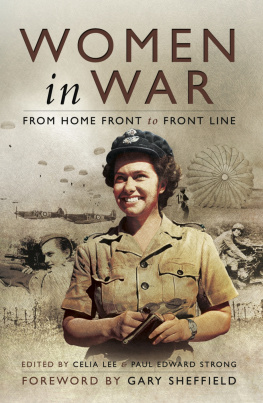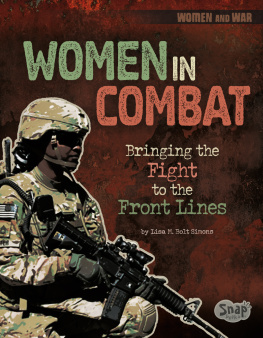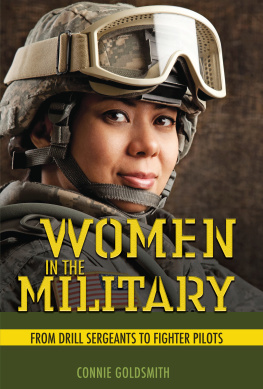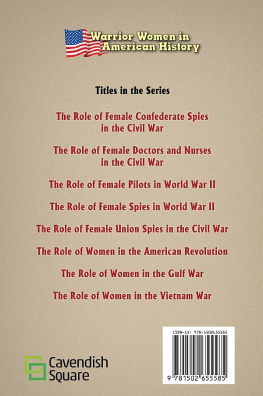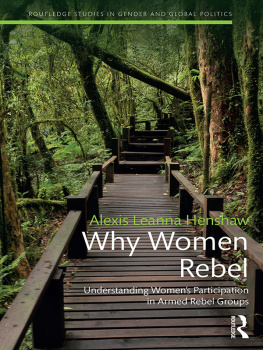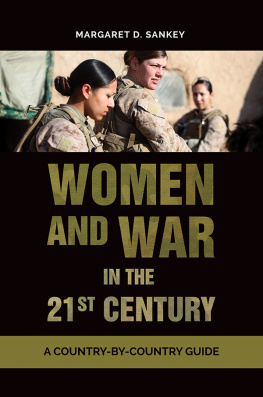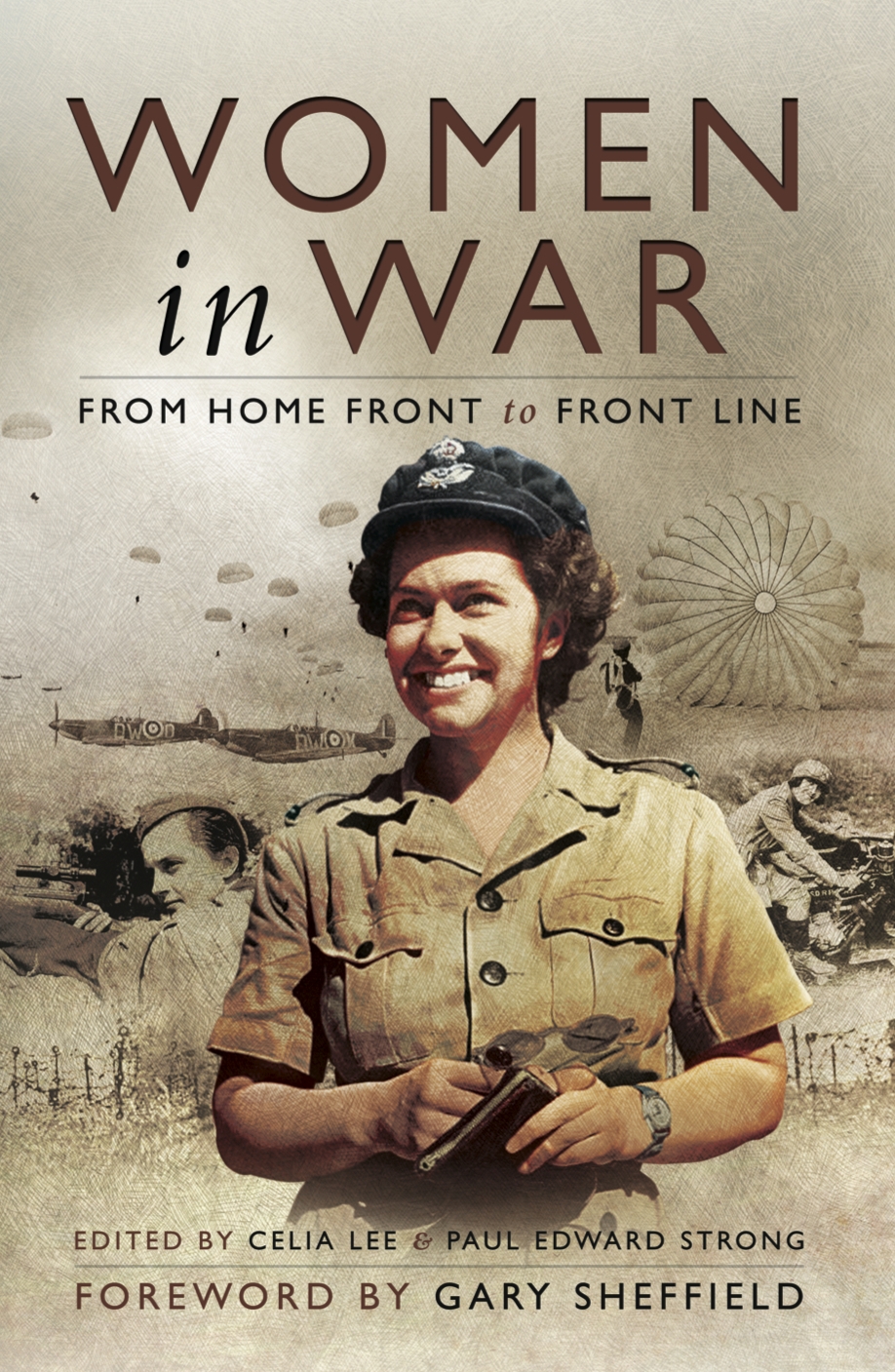Chapters 1
Sir Colin Campbells Incumbrances
Women as a Factor in British Command Decisions during the Indian Mutiny, 1857
T. A. Heathcote
In the late afternoon of Sunday, 10 May 1857, John Rotton, chaplain at Meerut, a major British station in northern India, heard one of his wifes servants urging her not to go to church. When he asked why, he was told that there would be fighting by the sepoys, the Indian regular soldiers who formed the vast majority of the East India Companys Armies. A prudent man, he placed his wife and children in the guard-room of the 60th Rifles, one of the regiments of the British Army then stationed in India, before driving himself to church.
Among his congregation was Mrs Muter, wife of a captain in the 60th, waiting for the sound of the band as her husbands regiment came on church parade. When the regiment failed to appear, someone told her it had been called out to deal with a disturbance.
Thus began the Indian Mutiny, more accurately called the Revolt or Rising of 1857, during which the actions of the British military were distorted at both the strategic and local operational level by the need to protect vulnerable women and children. Massacres of non-combatants, such as occurred in 1857 at Meerut and elsewhere, were almost unprecedented in British Indian experience.
The importance of protecting its dependants was one of the major factors that led to the British force at Meerut remaining inside its lines instead of taking what would otherwise have been the correct military course, that of setting out immediately to pursue the mutineers. In consequence, mutineers reached the ancient Mughal capital, Delhi, a days march away, where the local sepoy garrison joined them. Every nasrani (a Christian of any race) and Feringhi (from farang, a Frank or any kind of European) The military families, living outside the city, fled for their lives to the nearest British garrisons. It soon became clear that the British were facing not just another mutiny, but a full-scale insurrection, in which discontented soldiers were joined by disaffected civilians in fighting what became, in effect, a bloody civil war for the control of Northern India. As with any civil war, the insurgents represented a coalition of interests, but all wanted an end to British rule, a return to their own ways and, especially among Muslims, the protection of their own faith. Expressed in late twentieth-century terms, extremists sought regime change and resorted to ethnic cleansing, a genocide of British and other Westerners, Anglo-Indians and Indian Christians identified with them.
British commanders, caught off balance by the suddenness and spread of the outbreak, found themselves facing two problems. The first was that of mobilising their troops, located on the basis of peacetime requirements with none of the logistic support required for operations, and concentrating them to form a field army in the midst of a country that had suddenly turned from friendly to hostile. The second was that of protecting their women and children, normally left in safety when their regiments marched to war, but now in danger as once peaceful stations unexpectedly came under threat. In India as in Victorian society generally, most Western married women of childbearing age were either pregnant or accompanied by small children. Many older women, having spent their lives in a society with many servants and limited opportunities for exercise, were slow or overweight. Even the fittest were hampered by the fashionable clothing of the time, with tightly cut bodices and full, long skirts, quite unsuitable for the rigours of warfare or the hardships to which refugees are exposed in any age. As soon as the risk to non-combatants became clear, government policy was to evacuate them to safer areas. In some places, however, the only short-term option was to stay put while the British element of each garrison took extra precautions.
One such episode was at Lahore, capital of the Punjab, where one British regiment and a British-manned troop of the Bengal Horse Artillery was faced with four sepoy regiments. It was decided to disarm the sepoys on 12 May, but to allay suspicion a Ball prearranged for the previous evening went ahead. Ladies who attended in spite of the tense atmosphere were puzzled by their escorts insistence that, in the cool of the early dawn they must change out of their ball gowns into their riding habits and join those watching the parade. Only afterwards did they realise that it was to ensure that, if trouble occurred, they would be up on their horses and safe in the midst of European troops.
Once the British secured their position in the Punjab, they turned to the recovery of Delhi, a city of vital importance as the focus of the insurgency. A field force was assembled and this, though weakened by the detachment of scarce British troops to escort women and children to safety in the hills, reached Delhi on 8 June 1857. With the Delhi force went a horde of the camp followers and their families without which no Indian army of the time could operate. With them, too, went several officers ladies whose husbands had been assigned to the force after their regiments mutinied. Unwilling to be banished to the hills, and with nowhere else to go, they set up homes in bullock carts, the Indian equivalent of the covered wagons of the contemporary American West. When the force reached Delhi, its camp was joined by dozens of Anglo-Indian men and women who had escaped the massacre and been sheltered by local villagers. Traumatised by their experiences and with no means of providing for themselves, they proved a drain on the limited resources of the troops and were eventually evacuated to Meerut with a long convoy of sick and wounded. Despite spirited objections, the military authorities took this chance to order the officers ladies back with them.
The only lady allowed to remain was the 28-year-old Harriet Tytler. She had escaped from Delhi with her two small children, but was so heavily pregnant with her third baby that she was unable to climb up onto the elephant supplied for her transport. She was later delivered of a son (baptised with the names Stanley Delhiforce) and survived all the hazards of life in a siege encampment to write her memoirs.
At Calcutta, capital of British India, it was at first supposed that Delhi would be the critical point and that the troops gathered there would soon recover it. British authority, however, was collapsing throughout Awadh, Central India and the North-Western Provinces, the territories north-west of the original British possessions in Bengal (not to be confused with the North-West Frontier Province later created from the trans-Indus districts of the Punjab). In some places the ethnic cleansing was confined only to men and, as had been the case at Delhi and Meerut, some sepoys helped their own officers and their families to escape. At Jhansi, however, fifty-six British and Anglo-Indians, including women and children, were put to death when they surrendered on 8 June. At Gwalior, on 14 June, about twenty British officers were killed by mutineers, but the ladies were allowed to go free. They headed for Agra, capital of the North-Western Provinces, which was one of the very few stations between the Punjab and Bengal with European troops. Along the way they were robbed of their jewellery and wedding rings (the latter usually hidden in the owners hair) and inspected with a view to being sold as slaves, but all eventually reached safety. Elsewhere many were killed as they fled or while resisting attack.
At Kanpur (Cawnpore), 1,173 miles up the Ganges from Calcutta and about 300 south-cast of Delhi, there was a substantial British and Anglo-Indian civil community, with a long-established military base held by an all-arms brigade of four sepoy regiments. The European troops consisted of some 400 regular soldiers and officers, with another hundred civilian volunteers. With them were 350 women and children, 210 of them belonging to the military. As tension grew, these numbers were increased by civilian fugitives from the city and surrounding districts. Fighting began on 5 June, when sepoys attacked the shallow British entrenchments. The British maintained a stout defence for twenty-one days, with fighting men and non-combatants alike suffering dreadful casualties from artillery and musketry, heat and disease. On 25 June, Nana Sahib, a Maratha prince who had assumed leadership of the Kanpur insurgency, offered them terms. If they surrendered their position, they would be given safe conduct by boat to Allahabad, 143 miles down the Ganges, and still in British hands. At a council of war, most of the junior officers argued for fighting on to the last man and the last round. The garrison commander, Major General Sir Hugh Wheeler, a 68-year-old veteran, was inclined to support them, despite having his wife and two daughters with him (his son and ADC had been killed earlier in the siege). The older officers advocated accepting the terms offered. Captain John Moore of the 32nd Foot, whose personal valour was beyond question, pointed out that the military position was untenable. According to the conventions of European warfare, there was no dishonour in surrendering to avoid useless bloodshed. The guns were finished; combat supplies of all kinds were running out; water, always vital but never more so than in the heat of the north Indian summer, was almost unobtainable; 250 people had died already and the defences were foul with the stench of unburied bodies.

